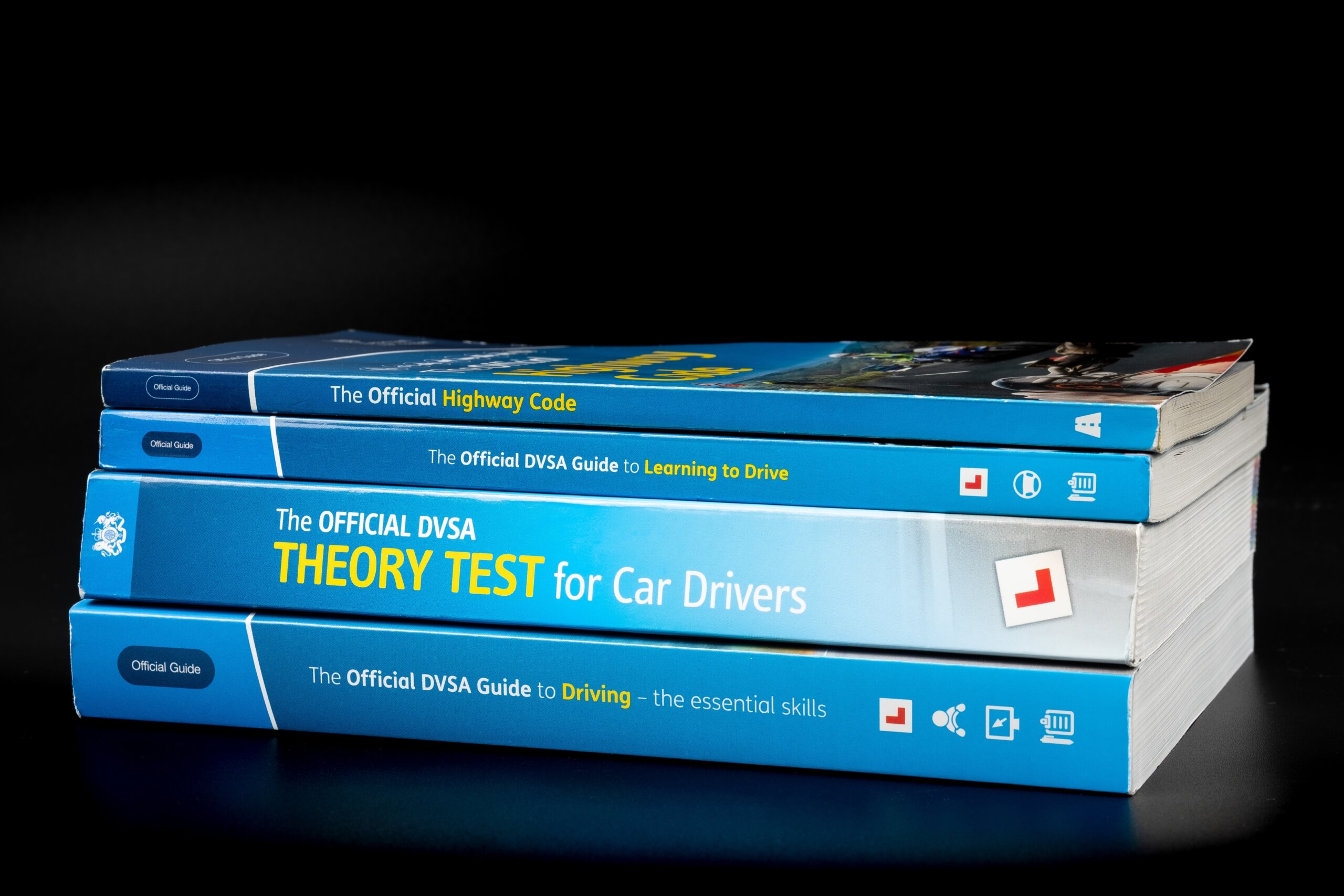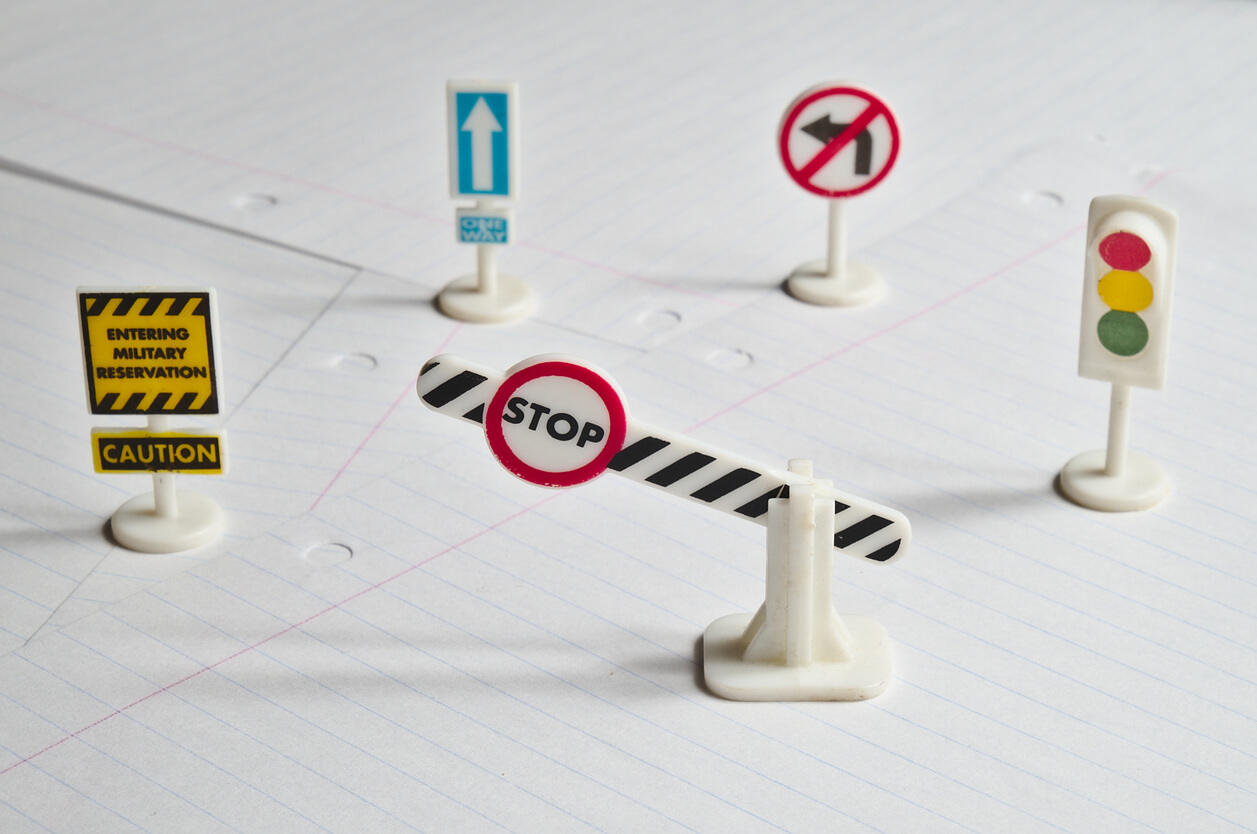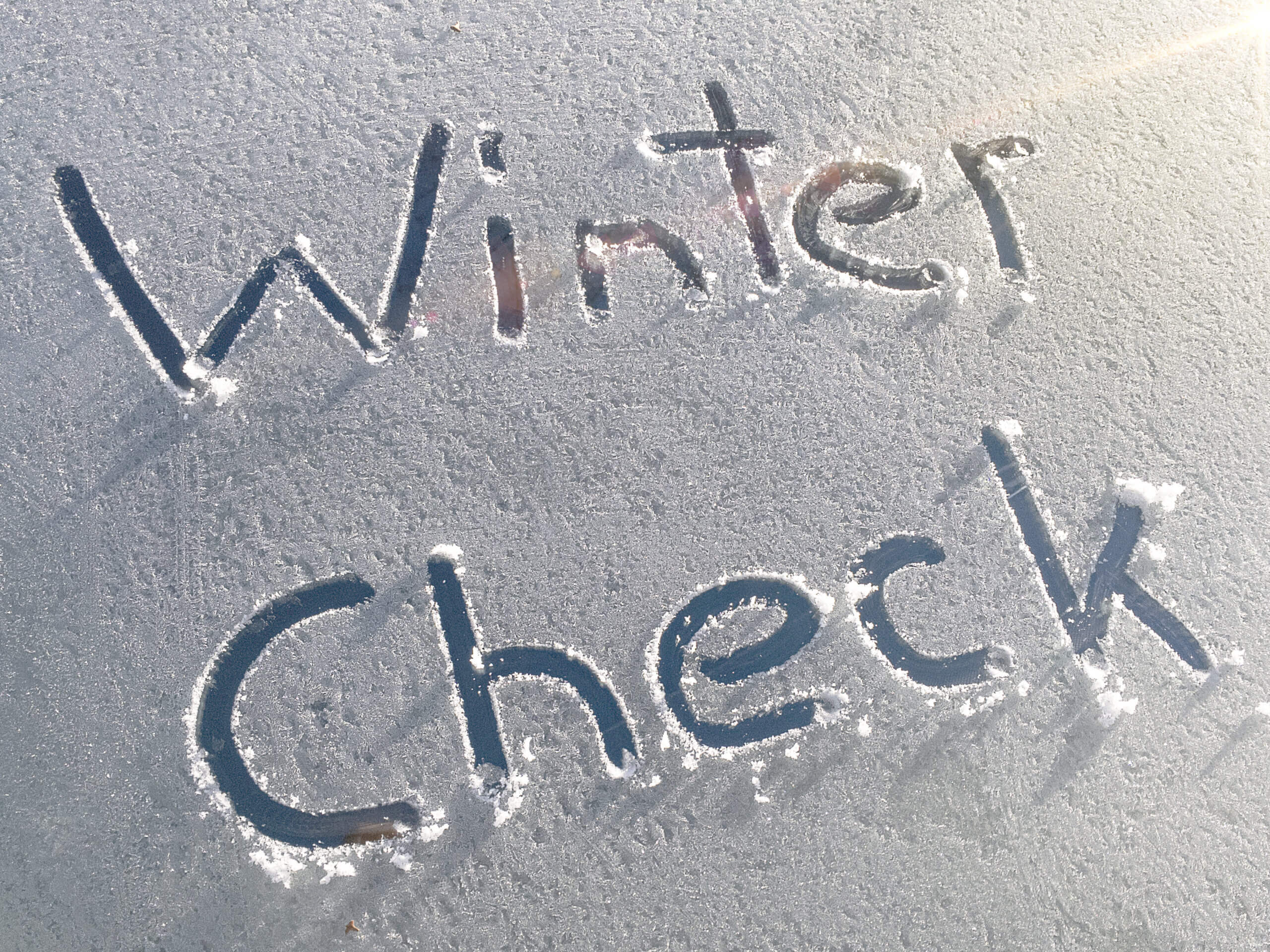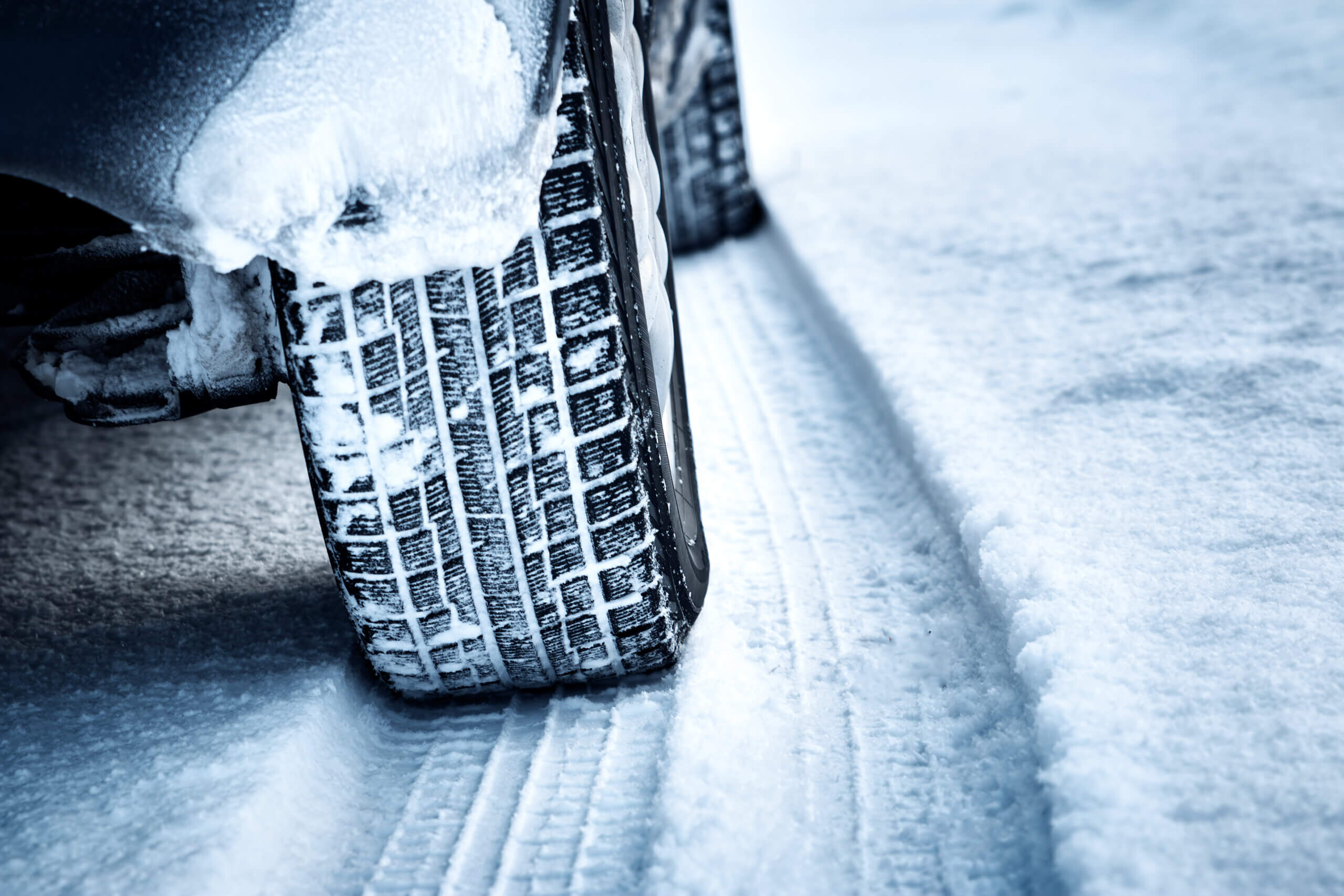
Driving in the dark can be difficult even for the most experienced drivers and is more dangerous than travelling in daylight conditions. Data collected by the Royal Society for the Prevention of Accidents (ROSPA) shows that 40% of collisions occur during the hours of darkness. Moreover, falling asleep accounts for 20% of serious motorway and monotonous road accidents in Great Britain.
To help you and others stay safe, we have put together a guide packed full of advice and tips on driving in the dark.
Headlight usage
You need to make sure that your headlights are turned on at least one hour before sunset and an hour after sunrise. This will help you be clearly seen by other road users. Switch to high beams on poorly lit roads but keep an eye out for oncoming traffic and dim your lights appropriately to avoid dazzling approaching drivers. Use fog lights only when it is foggy, and visibility is less than 100 meters. Also, remember to clean, check, and change your headlights on time to ensure they are working properly.
Avoid staring at oncoming vehicles
Remember never look directly into other cars’ headlights, the glare can temporarily impair your vision and make you dazzled. If you cannot see anything because of the glare, make sue you slow down instead of stopping immediately.
Keep your windows clean
Smeary and dirty windows may reduce visibility and increase glare. You need to make sure your windows are clean, and the screen washer fluid is filled up. In wintertime, ensure frost and ice has been completely cleared before you get on the road.
Be more aware
It is difficult to spot pedestrians, children, and other road users in the darkness as in most cases they are not wearing reflective clothing. As a result, you need to pay more attention to the road when you are driving through build-up areas. Animals are more likely to cross the road at night, so be sure to look out for animal road signs too.
Take regular breaks
If you have to drive long journeys in the dark, remember to take regular breaks. As Brake’s research indicates, 4% of fatal crashes in Britain are caused by tiredness with a further 13% of drivers admitting to falling asleep behind the wheel.
Practice more
If you are learning how to drive, it is a great idea for you to take evening lessons to practice driving in the dark. If you passed your test in the summer, you can also take a Pass plus course to enhance your night driving skills and confidence.
Insight’s L & P plate system will also help you to be visible to other road users. Purchase yours via our shop here.
We hope that by following our advice and tips you now feel better prepared to drive safely in the dark.
Sources:






